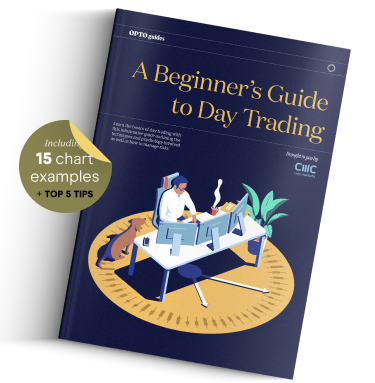What is day trading? The complete guide for beginners
Published on: 05/11/2021 | Modified on: 27/01/2023
Day trading in the UK is a popular short-term strategy. This approach has become increasingly popular for traders on the move or at home, thanks to technology such as mobile apps. In this complete guide to day trading for beginners, we explain what the strategy is and how it works, along with examples using stocks and forex. Continue reading to discover everything you need to know including how to get started.
KEY POINTS
- Day trading involves entry and exit points on the same day
- Most day traders focus on price action trading, which often uses data based exclusively on price movement, rather than wider long-term factors
- A range of technical analysis tools can be used, enabling you to predict where you believe a stock’s price might go next
- Profit is built through small short-term trades, which means less chance of a big win, but equally less chance of a big loss
- Successful day traders need the ability to move quickly, but not panic, and remain disciplined enough to stick to their own rules























